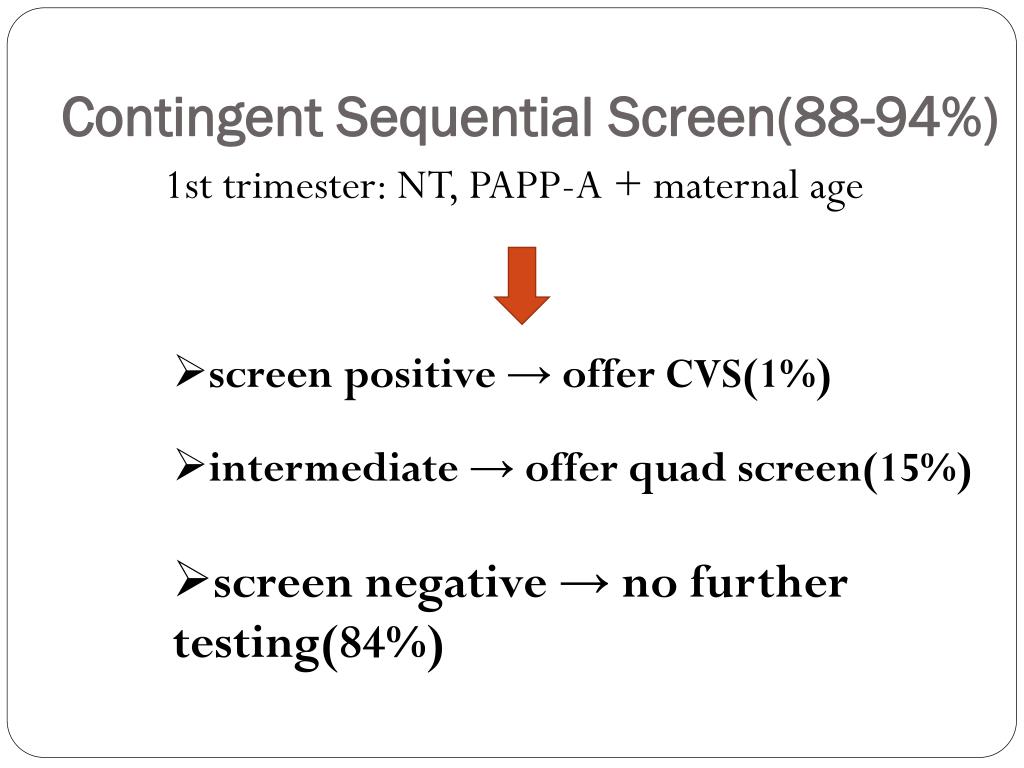

Screening tests pose no risks to the baby. A mother’s age, race and weight also play a role in the levels. Some of the substances are made by the baby. The lab looks for several substances that are in the blood as a result of the pregnancy. Second trimester screening is a measurement of four substances in a pregnant woman’s blood.įor both tests, a small amount of blood is taken from a pregnant woman. How are the tests performed?įirst trimester screening includes a measurement of two substances in a pregnant woman’s blood and an ultrasound of the back of a baby’s neck.

Time of pregnancy along with other factors can help determine the most appropriate test. Sequential screening is a combination of first and second trimester screening results. Second trimester screening, also called the quad screen, is typically performed between 15 and 20 weeks of pregnancy.

First trimester screening is typically performed between 11 and 14 weeks of pregnancy. Some of the more common screening tests are first trimester screening, second trimester screening and sequential screening. There are several different screening tests available. Screening can help to identify pregnancies at an increased risk for some birth defects and chromosome abnormalities. Prenatal testing can provide valuable information about a baby’s health. The American College of Obstetricians and Gynecologists (ACOG) recommends the option of screening for all pregnant women regardless of age. IDPH Home > Health Assessment and Screening > Genetics Home Screening Tests Information for Prenatal Consumers


 0 kommentar(er)
0 kommentar(er)
